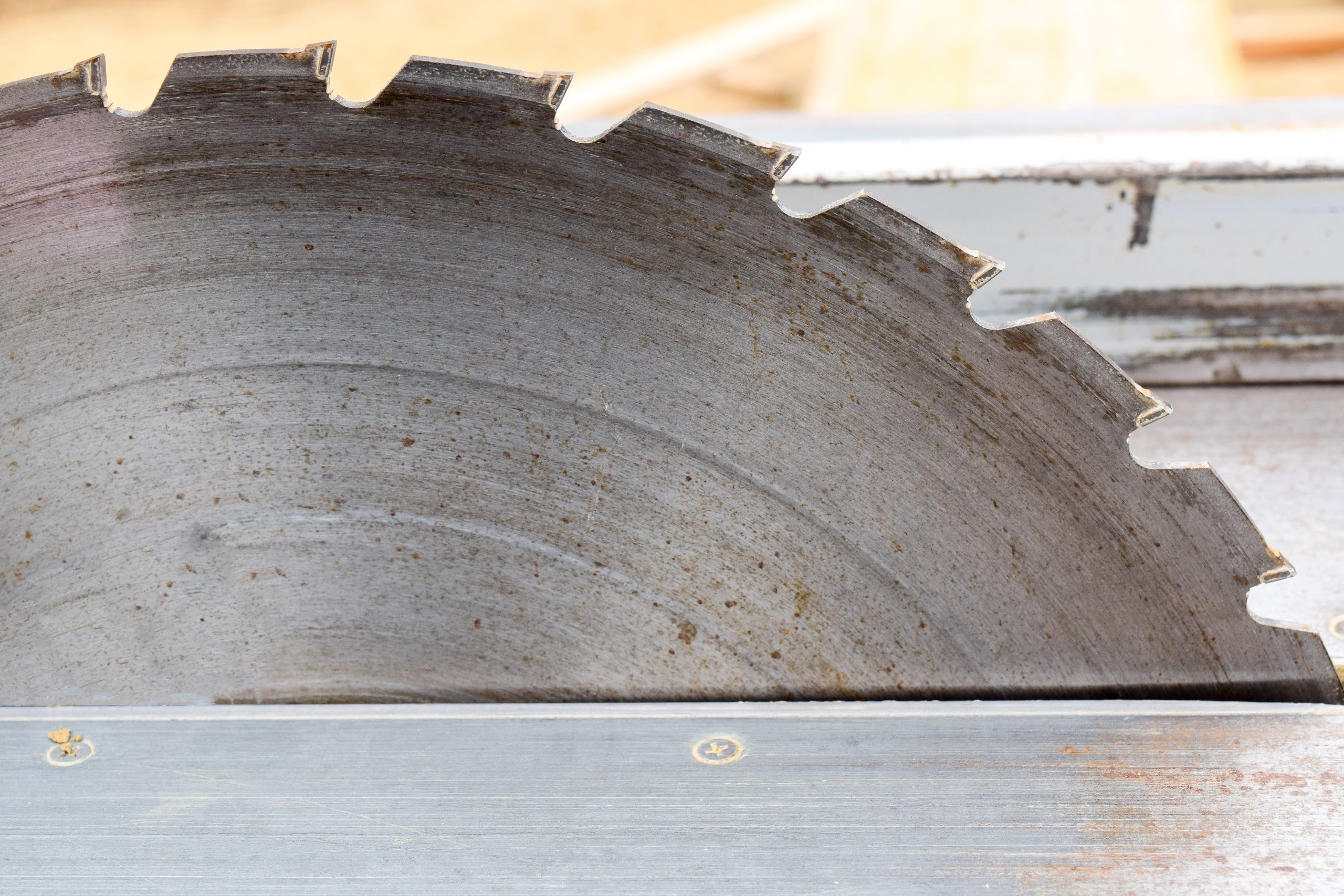
FAQs
Quick answers to your most common questions.
How Do I Size My Wet Dust Collector?
What is the process?
- Sanding
- Polishing
- Grinding
- Sawing
- Abrasive Blasting
What is the CFM requirement of your process equipment?
Is the metal processing equipment in an enclosure and if so, what are the room dimensions?
How far do you plan to place the wet collector away from the processing equipment?
Long duct runs and multiple elbows lower CFM production and might require going to a larger collector.
Some common combustible metals:
- Aluminum
- Magnesium
- Titanium
- Zirconium
- Alkali Metals
Some combustible dusts are not suitable for wet dust collection. Sinkable dusts work best for our wet dust collectors. A simple test can determine if the dust is sinkable. Place dust in a small jar filled with water. Shake the jar and see if the dust floats or sinks.
Which Dust Collector System is Best for Me?
Answering a few basic questions about your application and the type of dust generated will help you determine what dust collection design best fits your application.
What is your process or application?
- Sanding
- Polishing
- Grinding
- Sawing
- Abrasive Blasting
What is the sub-straight?
- Organic Wood
- Paper Grains
- Metal
What metal are you processing? Is your metal a combustible metal?
- Aluminum
- Magnesium
- Titanium
- Alkali Metals
Other Industrial Dusts:
- Plastic
- Rubber
- Chemical
The answer to these questions will help you determine what dust collector systems and dust collector designs you should investigate.
What are the performance curves for the Wet Dust Collector?

Contact AT Industrial Products Today
We enjoy partnering with our distributors and our vendors. Building loyal partnerships creates an environment of trust that is collaborative, supportive, productive and profitable. We look forward to hearing from you!